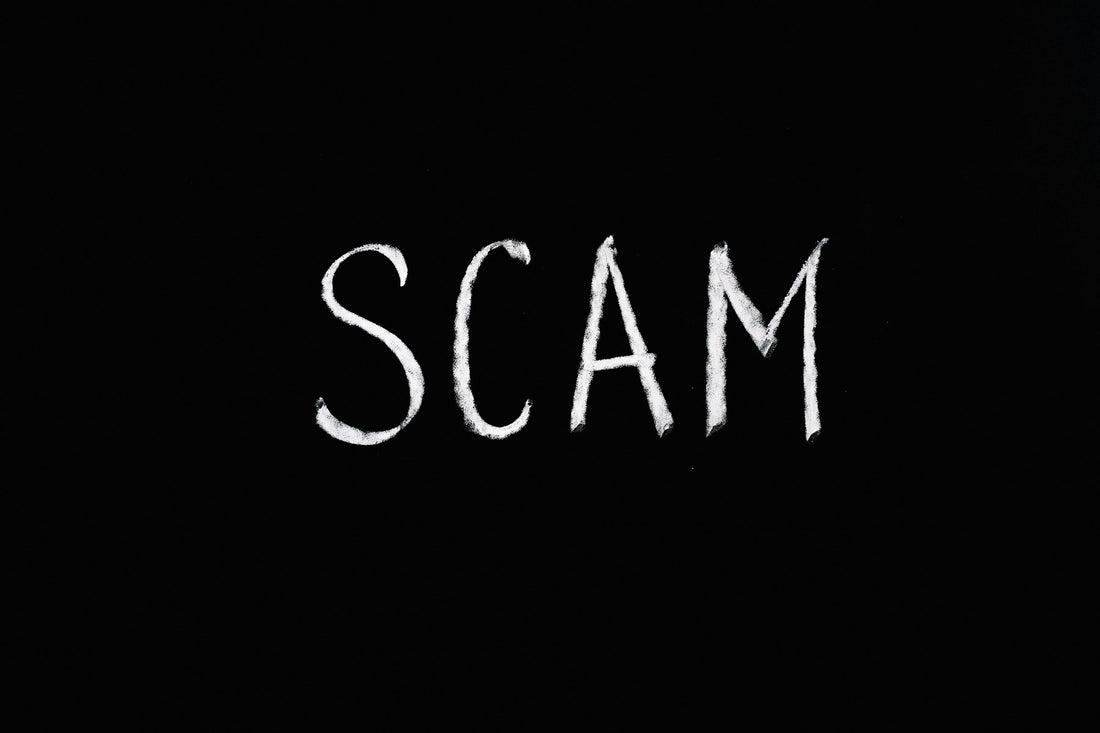At a weekend market in New York, a local beekeeper stands at a small stall, selling jars of thick, golden honey made from rooftop hives just a few miles away. Not far from there, a supermarket shelf is stocked with shiny bottles labeled “100% Pure Honey” — and they’re selling for half the price. But here’s the truth: only one of them is real. The other is a mix of sugar syrups and additives, made to look and taste like honey. Most people can’t tell the difference. And that’s part of the problem. Today, honey is the third most faked food in the world.
But how exactly is honey faked — and why is it so hard to spot the difference? Let’s break down how this sweet deception works.
What’s Food Fraud?
Food fraud involves intentionally deceiving consumers about what’s really in their food. This can include swapping out high-quality ingredients for cheaper ones, mislabeling where a product comes from, or adding hidden substances that aren’t listed on the label. It’s done to cut costs and increase profits — often at the expense of safety and trust.
How Honey is Faked
Honey ranks as the third most adulterated food globally, after milk and olive oil. Its high value, natural variations, and strong demand make it a prime target for fraud. Here are the most common ways honey is faked:
1. Dilution with Cheap Syrups: One of the most widespread methods involves mixing real honey with low-cost, plant-based syrups like high-fructose corn syrup, rice syrup, or beet syrup. These additives mimic honey’s texture and sweetness while drastically cutting production costs.
2. Chemical Alteration: To avoid detection, some producers chemically modify these syrups so that they can pass standard lab tests designed to verify authenticity. This makes the counterfeit honey appear legitimate, even under scrutiny.
3. Ultra-Filtration to Remove Pollen: Pollen is a natural marker that helps identify the origin of honey. Fraudulent producers often ultra-filter honey to remove this traceable element, making it nearly impossible to determine where the honey came from — or if it’s even real.
4. False Labeling and “Honey Laundering: Many fake products are deceptively labeled as “pure,” “organic,” or “locally sourced.” In more serious cases, such as the 2013 Operation Honeygate scandal, honey was illegally routed through other countries to hide its Chinese origin and evade import taxes — a scheme now referred to as “honey laundering.”
5. Contamination with Illegal Substances: Some imported fake honey has been found to contain banned antibiotics and other harmful chemicals, raising serious health concerns for consumers.
6. Insufficient Testing Methods: While testing technologies have improved, many regulators and producers still lack the tools to detect chemically altered honey. As a result, a significant amount of counterfeit honey continues to make its way onto store shelves undetected.
Real-World Examples of Honey Fraud
1. Manuka Honey Scandal in the UK
Manuka honey, one of the world’s most expensive and sought-after varieties, is made by bees that pollinate the manuka bush, found only in New Zealand and a small region of Australia. Known for its rich flavor and potential health benefits, it commands a high price — which also makes it a prime target for fraud. A 2014 investigation in the UK revealed that only one out of seven brands sold as manuka honey in supermarkets was authentic. The rest were falsely labeled, cashing in on the honey’s reputation without delivering the real thing.
2. Widespread Use in Processed Foods
The U.S. is the largest consumer of honey in the world, purchasing nearly 400 million pounds every year. But a large portion of that isn’t pure honey at all — it’s fake honey used in processed and honey-flavored foods, where adulteration is harder to notice. This allows counterfeit honey to quietly flood the market and reach millions of consumers.
3. Fraudsters Stay One Step Ahead of Testing
In the past, honey was often diluted with cane sugar or high-fructose corn syrup — both easily detected using isotope tests. However, counterfeiters adapted by switching to beet sugar, which closely resembles honey on a chemical level and is much harder to detect. The FDA responded with more complex testing methods, but the problem persists. As FDA food fraud expert Martin Stutsman explains, fraudsters are constantly changing tactics, creating an ongoing challenge for regulators.
Impact on Consumers and Beekeepers
The true extent of honey adulteration remains uncertain, but the available data paints a worrying picture. The Honey Authenticity Project — a coalition of experts and industry watchdogs — estimates that about 33% of honey sold globally is fake or adulterated. A 2018 study in Australia echoed this concern, revealing that 27% of honey products tested had been diluted or tampered with.
In the United States, precise figures are harder to determine. However, some attorneys involved in class-action lawsuits against honey manufacturers believe the rate of fraud could be as high as 70%. Earlier this year, an investigation by Vice tested honey from several major U.S. grocery stores and found widespread adulteration.
The issue goes beyond what consumers pour into their tea. Honey is used in hundreds of processed foods, and Americans consume nearly 400 million pounds of it each year, often without knowing how much of it is fake.
The consequences are global and far-reaching. In the UK, where 47% of honey imports came from China in 2018, a lab analysis of 11 supermarket brands found none met EU labeling standards. This flood of cheap, fake honey pushes down prices, making it hard for honest beekeepers to stay afloat. With production costs around $2 per pound, many can’t compete with honey selling for less than a dollar.
As a result, some beekeepers have shifted focus to pollination services to make ends meet — but that comes at a cost. Pollination requires bees to travel more frequently, which increases their exposure to unfamiliar environments and raises the risk of disease in hives. For some, the financial pressure has become overwhelming, leading them to leave the industry entirely.
Why Fake Honey Is a Problem
Counterfeit honey isn’t just misleading — it harms public health, the economy, and the environment.
1. Health Risks
Real honey offers enzymes, antioxidants, and antimicrobial benefits, but fake honey lacks these nutrients. Some counterfeit products, especially from overseas, contain banned antibiotics and contaminants. As FDA’s Martin Stutsman warns, “Consumers think they’re buying a natural product, but it could be chemically altered or unsafe.”
2. Economic Strain
Cheap, adulterated honey, often from China, drives prices down, making it hard for honest beekeepers to survive. “Real honey costs around $2 a pound, while fake sells for under $1,” says Chris Hiatt, president of the American Honey Producers Association. This is forcing many beekeepers out of the industry.
3. Environmental Impact
With fewer beekeepers focused on honey production, many turn to pollination-only work, stressing bees and increasing the risk of disease. The loss of small-scale, sustainable beekeepers undermines bee health and biodiversity.
How to Spot Real Honey (Quick Tips)
• Choose Local: Opt for honey from local beekeepers for authenticity.
• Avoid Ultra-Cheap Bottles: If it seems too inexpensive, it might be fake.
• Look for “Raw” or “Unfiltered”: These types are harder to counterfeit.
• Don’t Rely on Labels Alone: Terms like “Pure” or “Organic” aren’t foolproof.
• Support Transparent Brands: Go for brands that offer traceability of their honey.
• Take Action: Push for stronger testing and anti-fraud policies.
Conclusion
Fake honey goes beyond deceptive labeling — it’s a key part of the wider global food fraud problem, affecting both consumers and honest producers. The lack of transparency and traceability in our food systems allows fake products to flood the market, eroding trust and compromising safety. At the same time, the financial strain on beekeepers harms the environment by threatening bee populations, which are essential for pollination and biodiversity. When their livelihoods are jeopardized, we all feel the effects. By supporting local beekeepers, demanding clearer food labeling, and pushing for stronger regulations, we can protect the integrity of honey, preserve the health of bee populations, and help create a more sustainable food system.
“Next time you reach for a jar of honey, ask yourself: Is this the real, pure product of nature, or just another imitation masking as something sweet?”

